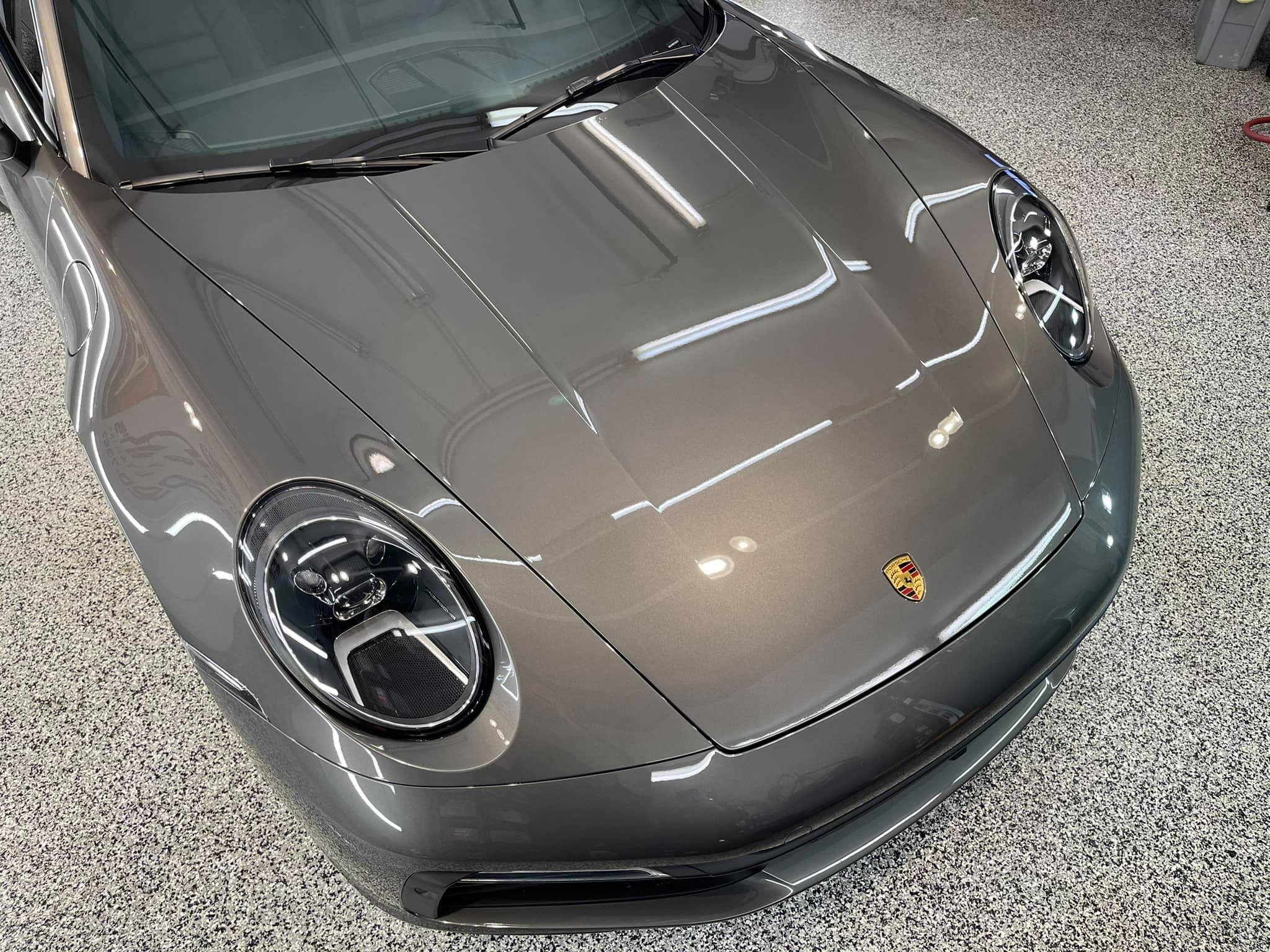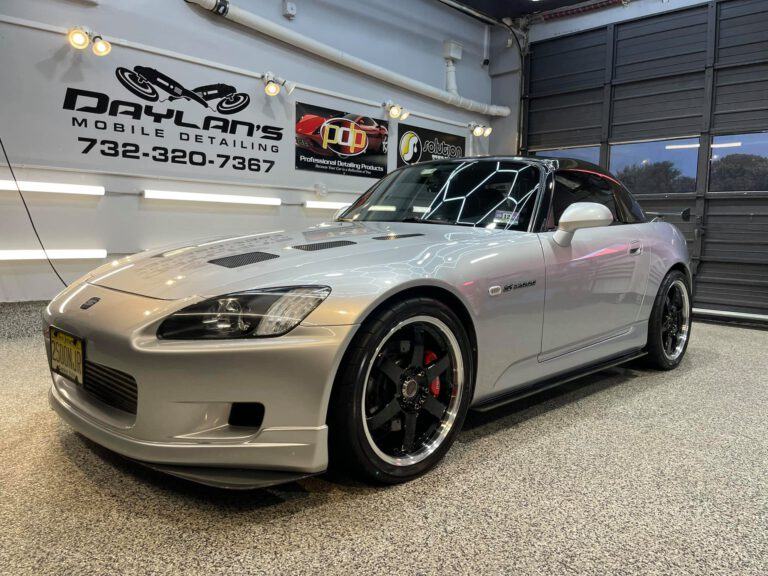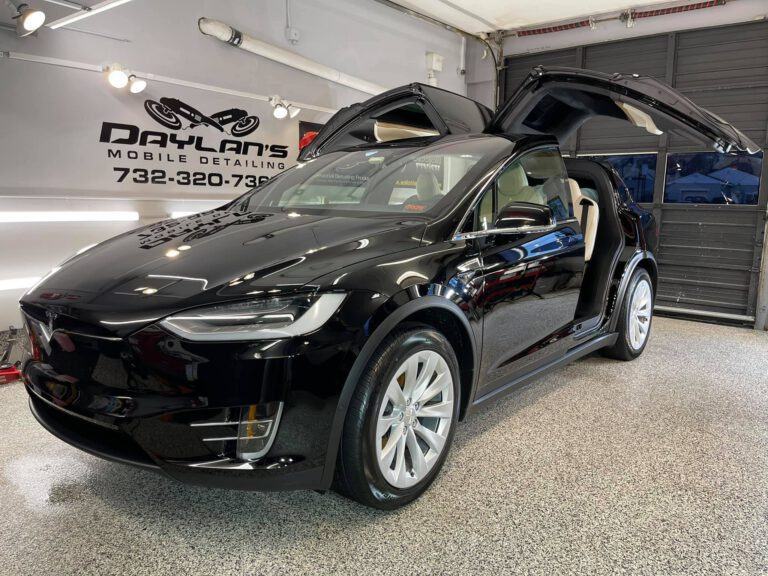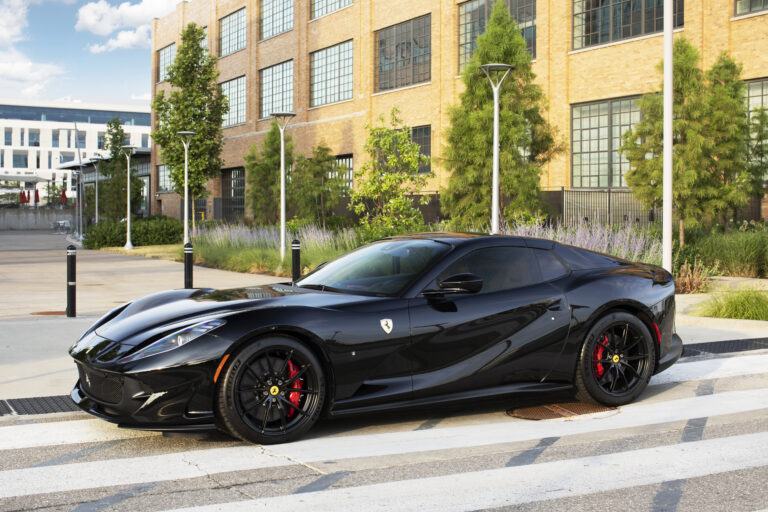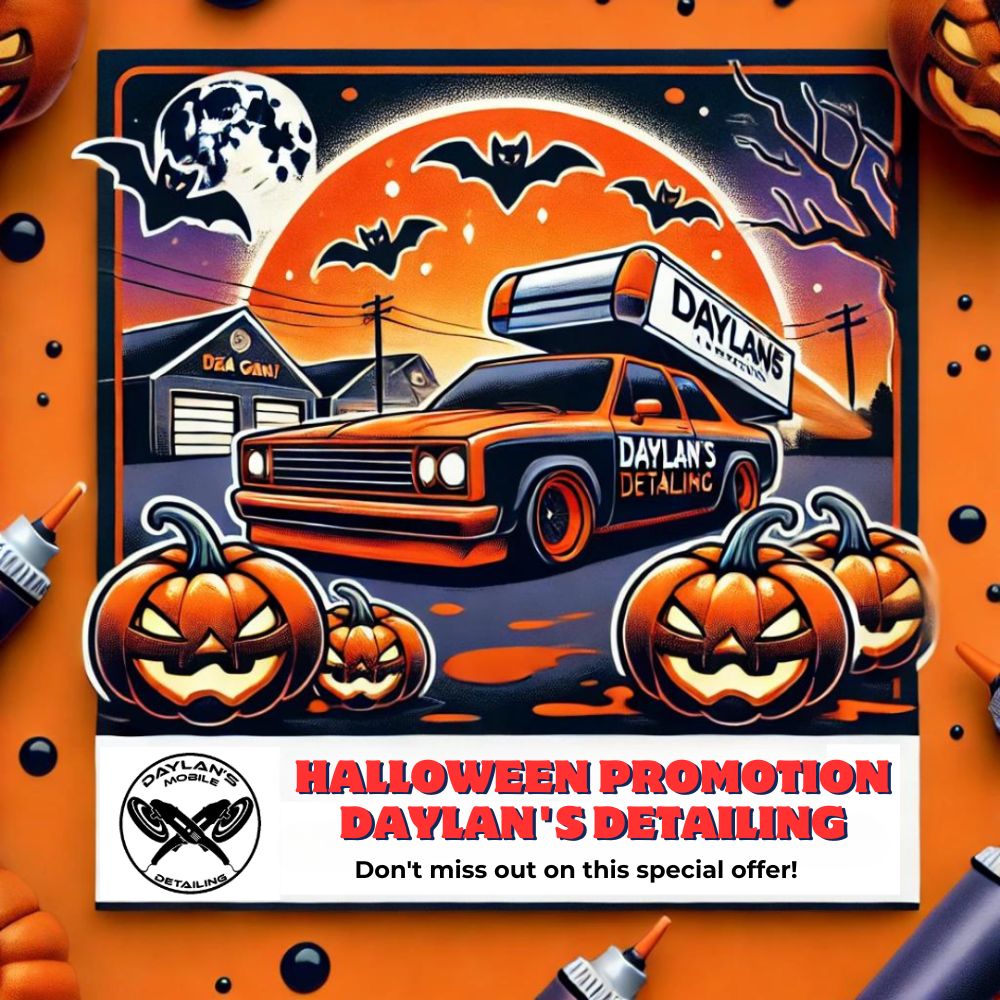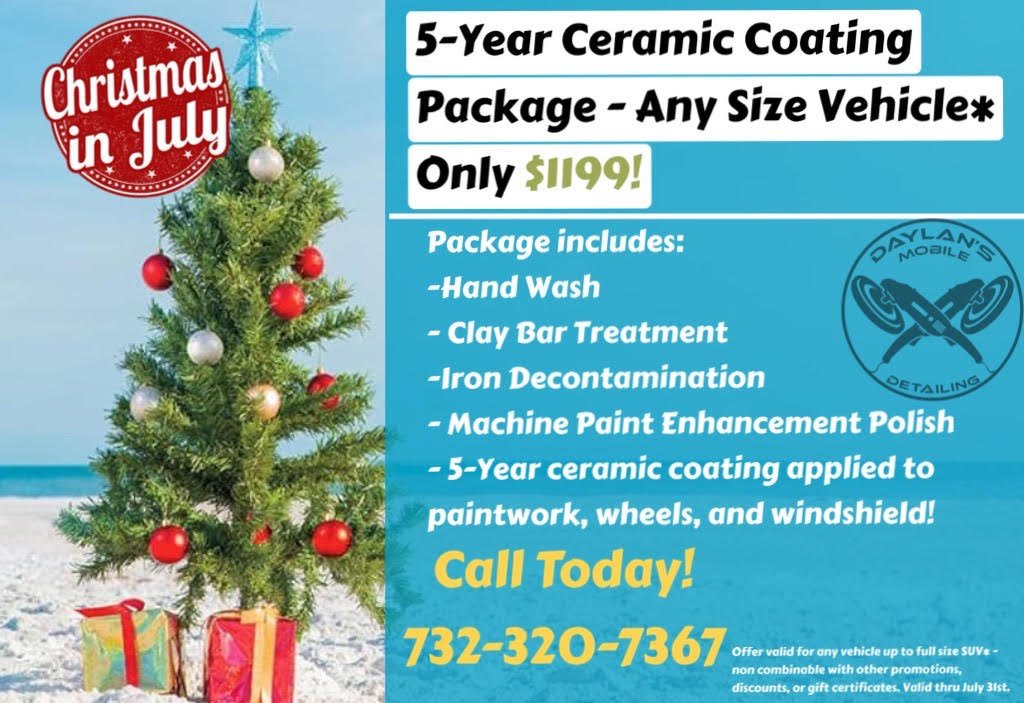Is Paint Protection Film necessary? 10 reasons why you should get it:
What if I told you that you could protect your car’s paint for years to come? And not just from a few nicks here and there, but from serious damage like key scratches, rock chips, and even acidic bird droppings.
If you’re thinking “paint protection film” (or PPF) sounds too good to be true, you’re not alone. Many car owners are skeptical of this clear urethane film that promises to keep their paint looking showroom-new.
But the truth is, paint protection film PPF is an extremely effective way to protect your vehicle’s paint from the everyday wear and tear that can quickly turn a glossy finish into a dull one.
10 reasons why you should consider getting paint protection film for your car:
1. It’s nearly invisible
With today’s high-quality PPF products, it’s almost impossible to tell that the film is there once it’s applied. That means you can enjoy the peace of mind of knowing your car’s paint is protected without sacrificing its aesthetic.
2. It has self-healing properties
One of the coolest things about PPF is that it contains a special ingredient that allows it to heal small scratches and scuffs on its own. So if you do happen to get a nick in your film, don’t worry – it will disappear in no time.
3. It’s tough
PPF is made from a durable urethane material that is designed to withstand even the harshest conditions. Whether it’s hot sun, cold weather, or flying debris, your paint will be well protected from whatever comes its way.
4. It protects against UV rays
One of the main reasons why paint fades over time is exposure to UV rays. But with PPF, you can rest assured that your paint will be shielded from the sun’s damaging rays.
5. It protects against acid rain
Acid rain is one of the most common (and destructive) threats to car paint. But with PPF, you can say goodbye to worrying about etching and corrosion caused by acid rain.
6. It protects against bird droppings
Bird droppings are not only unsightly, but they can also be quite damaging to your car’s paint. The acidic content in bird droppings can eat through paint and cause permanent staining. But with PPF, you can rest easy knowing your paint will be safe from these pesky pests.
7. It protects against rock chips
One of the most common ways that paint gets damaged is from flying rocks or debris. But with PPF, you can have peace of mind knowing that your paint will be well protected against these kinds of chips and scratches.
8. It protects against key scratches
Scratches from keys are one of the most common (and frustrating) types of paint damage. But with PPF, you can say goodbye to worrying about those pesky key scratches – and enjoy your car’s beautiful paint job for years to come.
9. It’s easy to care for
Unlike car paint, which requires regular waxing and polishing, PPF is very low-maintenance. All you need to do is wash it with soap and water—no special cleaners or treatments are required.
10. It’s an investment
While PPF may seem like a significant upfront cost, it’s important to remember that it’s an investment in your car’s long-term value. By protecting your car’s paint from damage, you’ll be able to keep it looking newer for longer – and ultimately increase its resale value down the road.
Now that you know the many benefits of paint protection film, it’s time to make the investment in your car’s future. Contact a reputable PPF installer in your area to get started. Paint protection film installation typically takes less than a day, so you can enjoy your new film in no time.
Tips for Applying Paint Protection Film
1. Choose a reputable installer.
When it comes to PPF, not all products are created equal – and the same goes for installers. Make sure you do your research to find an experienced and reputable PPF installer in your area.
2. Follow the manufacturer’s instructions.
Be sure to read the manufacturer’s instructions carefully before applying PPF to your car. This will ensure that you get the best possible results.
3.Take your time.
Applying PPF is not a race. Take your time and be sure to align the film correctly before pressing it into place. Once it’s applied, smooth out any bubbles with a squeegee.
4. Allow the film to cure.
It’s important to allow the film to cure properly after applying PPF. This will ensure that it adheres correctly and provides optimal protection for your car’s paint.
5. Enjoy your new film!
Once your PPF is installed, you can sit back and enjoy your car’s new look. And with the added protection of PPF, you can rest assured that your paint will stay looking great for years to come.
Are there any disadvantages to paint protection film?
While paint protection film offers a number of advantages, there are a few potential disadvantages to be aware of as well.
1. Paint protection films can yellow over time.
One of the most common complaints about PPF is that it can yellow over time. This is due to the UV-resistant properties of the film, which can cause it to change color when exposed to sunlight.
2. Paint protection film can be difficult to remove.
If you ever need to remove your PPF, you may find that it’s quite difficult to do so. This is because the adhesive used to attach the film is very strong. As a result, removal typically requires the use of special solvents or chemicals.
3. Paint protection film may void your car’s warranty.
Before installing PPF, be sure to check your car’s warranty agreement. In some cases, the use of paint protection film may void certain aspects of the warranty.
Despite these potential drawbacks, the car paint protection film is still a great way to protect your car’s paint. If you’re concerned about any of the disadvantages, be sure to talk to your PPF installer about the best way to avoid them. The paint protection film is a necessary part of protecting your car, but it comes with both advantages and disadvantages, so be sure to weigh them carefully before making a decision.
In conclusion, the paint protection film is a superior protection for your car’s paint. It offers many advantages, including the fact that it’s low maintenance and can increase your car’s resale value. However, there are a few potential drawbacks to be aware of as well, such as the fact that it can yellow over time or be difficult to remove. Ultimately, the decision of whether or not to use paint protection film is up to you. Consider the pros and cons carefully before making a decision. After all, it’s your car—and you want to keep it looking its best for as long as possible.



